Distilled – SearchLove 2011 Conference Videos
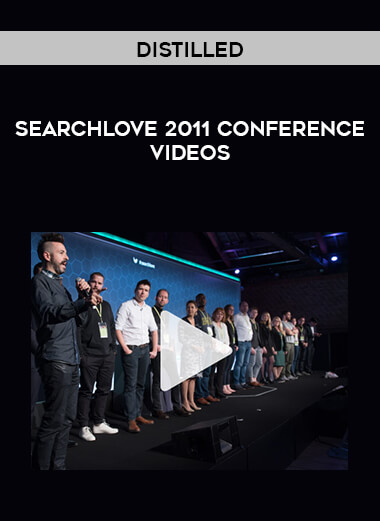
Arichive : Distilled – SearchLove 2011 Conference Videos
Having been fortunate enough to attend both of our awesmazing London and New York Searchlove conferences this year, I have been tasked with summarising all of the sessions for the Distilled blog (which is what you’re looking at right now).
A bucketload of actionable tips was poured onto the audience each and every day, and you’ll find the best ones from both London and New York below.
I have a double cappuccino, a Spotify premium account, and a whole working day ahead of me. In the famous words of a fictional Italian plumber, “Letsa go!”
London (24-25 Oct)
Everything’s easier with fans – Rand Fishkin (SEOmoz)
Rand spoke about lessons learned from building a successful and sizeable community at SEOmoz. Some of the reasons that Rand believes communities are powerful include the ease with which you can leverage the community to build links and social signals, create long tail content, and brand awareness and trust that they build.
Rand goes on to suggest that although there are many platforms suitable for building communities such as forums, Q&A, curation hubs, and social networks, most communities will typically centre around a blog.
Tips for building a community include, but were not limited to:
- Build a community that isn’t purely self-interested. Make your focus beneficial to the community
- Find a common interest with the community – few of SEOmoz’s posts are about their products
- Get feedback from early adopters and get to know them well
- Don’t launch an empty wasteland – show tweet counts on posts instead of comment counts if it makes it look more popular
- Be prepare to put endless hours in before you see rewards.
Tips for growing:
- Create awareness outside your site – tweet good comments on your content for example
- Make profiles a point of pride e.g. Dribbble is central to a user’s identity as a designer
- Reward contributors disproportionately
- Analyze content that drives sign-ups and look for ways to repeat it.
Rand talked about hiring a community manager, incentivising content creation and content sharing, and some of his methods of dealing with community problems such as being ruthless with kicking out trolls and establishing clear guidelines. He rounded off with a list of 12 hacks which included:
- Name drop in post titles for Google Alerts referrals
- Get contributions from major industry players – they will share
- Create a common enemy. In SEOmoz’s case it’s black hat SEO
- Invitation only is a powerful motivator
- Give users the power to re=use, embed, share content they’ve created for you on their own sites – often they’ll link back.
Big business SEO – Tom Critchlow (Distilled)
Tom spoke about investing in page types – how can you change your site’s template or the way that you publish content to make every blog post or product page earn links and rankings rather than focussing on individual pages?
He also spoke about investing in data proactively, so that when an event such as the Panda update happens, you have everything you need to make an accurate diagnosis. He speculates that this could save your job.
Organisational charts were discussed, and how they typically leave a gap for a single point of contact for web content in order to work to a consistent strategy when many teams are contributing.
Other tips included tailoring your SEO training to address the demands of specific jobs roles (for example PR), affecting change by introducing better processes, developing project management skills as a substitute for hustle which is less effective in large organisation, and tailoring your language based on who you’re communicating with.
Tom also talks about pruning your site aggressively, as large sites tends to produce low quality pages such as incomplete profiles or Q&A thread with no answers. Use Webmaster Tools reports to identify and address errors and soft 404s, and introduce a process to review this periodically.
The next level of social integration – Mat Clayton (Mixcloud)
Mat started by quoting that “One of every seven people in the world log into the Facebook ecosystem at least once a month”, demonstrating that designing your site around social is almost crucial, especially in the hottest industries such as Communications, Games, and Media.
Implementing the Facebook Insights meta tag on your site will give you demographics on visitors to your site (if they’re logged into Facebook when they do so), and Mat encourages website owners to do so. He talks about further data such as interactions becoming available in the future.
Mat goes on to talk about some of the terminology used, with People (users), Actions (sharing, liking), and Objects (images, pages). Tracking these through Facebook Insights along with demographic information will be extremely powerful when optimising content for different audiences.
He touches on using Facebook as a personalisation engine, incorporating Facebook’s data to improve user engagement. The chief example is using the profile pictures of friends of the visitor’s next to content they have liked/shared, but Mat speculates that there’s a wealth of other opportunities.
Finally, Mat talks about Facebook’s Recommendation Bar (beta), an easy to install feature which slides out when you scroll through content and recommends other content intelligently.
The modern SEO’s toolkit – Will Critchlow (Distilled)
Will’s talk centres around SEOs needing to be able to put their own tools together and use them together in order to be as productive as possible, quoting the likes of Avinash Kaushik and Doug McIlroy with words to the same effect.
The first example shows how you can find all of the visits from Googlebot in a 22Gb log file in command line using bash, grep and sed. Many SEOs may not even know how to get to command line, so Will put together a video which explains this whole process right from the very beginning which you can watch on the Distilled YouTube channel.
Further examples include using prototyping tools such as Balsamiq for producing mock-ups of changes to a site, making screencasts using tools such as Screenr, and staying organised with ticket managements tools, of which Trello is his current favourite.
If you need to persuade your boss to make changes to your site, demonstrate how it is perceived by users by using Smartsheet.com to replicate Google’s Panda update survey (more details from this Whiteboard Friday).
More tools and their use cases include using Excel to classify URLs using nested IF() statements, and using the custom filters in Screaming Frog’s SEO Spider tool to identify pages on a site with old Google Analytics tracking codes.
Will talks about his process for debugging which includes the following steps:
Reproduce
Simplify
Isolate
Document (++verbosity)
Hack
Sleep and shower (sometimes you just need to step away and come back to it).
Will showed an example of how to use the Hunch API with Python, getting a list of email addresses from the comments of your wordpress blog using either a plugin or SQL, providing visualisations as part of a brief for a designer by using ManyEyes, and finally grabbing a screenshot of your site every day to supplement analytics data using PhantomJS.
WordPress SEO – Joost de Valk (Yoast)
Unfortunately Joost could not make it to SearchLove due to an emergency at home, but he provided a short video during which he touched on the new custom XML sitemaps in the new Yoast SEO plugin, using rel=canonical to point blog posts to product pages, using dynamic XML sitemaps, and recommending all WordPress users implement rel=author on their site.
Outreach: Is it all about hustle? – Rob Ouseby (Distilled)
Rob started by clarifying that outreach is a subdiscipline of link building and that the two are not synonyms. For example, outreach is only a part of link building tactics such as infographics or guest posts.
Priorities for outreach are in this order:
- Build relationships
- Get coverage
- Acquire links
To build a successful outreach team you need to hire the right people, and they will typically be smart, curious, creative, internet-savvy, and will have hustle. Specific interview advice included:
- Asking how they have overcome roadblocks in the past to see if they have hustle and are able to get things done
- Asking about the most recent thing they’ve learned to see if they can demonstrate their thirst for learning
- Setting tasks on a computer such as finding contact details in order to ascertain how efficient and web-savvy the applicant is.
Rob revealed the process he uses for outreach which starts with identifying targets through tools such as GroupHigh, Followerwonk, niche directories, and advanced Google searches. This is followed by a softly approaching targets by following them on Twitter, retweeting, commenting on their blog and more.
Keeping successful contacts warm can make outreach much more efficient at a later date, and identifying your VIPs (owners of multiple blogs or high authority sites) and prioritising them accordingly is a worthwhile strategy.
Rob finished by discussing appropriate metrics for outreach teams, such as unique linking domains per hour, which can be combined with link quality metrics for further insights.
Your content strategy is part of your link building strategy – Wil Reynolds (SEER)
Wil starts by stating that he doesn’t believe that social metrics are having as much of an impact on rankings as people would have you believe.
He reveals some ideas for capitalising on broken links such as paying for hosting for sites that have been abandoned so that links are reactivated, or rebuilding a piece of content that has disappeared or moved from a competitor site and contacting linking sites.
Large brands typically use microsites for their brand marketing campaigns, and these domains are often abandoned once the campaign is over. They can be found by reverse IP domain checking large brands’ websites, or searching for the email attached to the WHOIS record.
Wil talks about creating content when you are struggling for ideas. Inspiration can be found through Google Suggest, especially in product search where suggestions are different to standard search. Other tools include a PostRank extension for Chrome which overlays SERPs with metrics when searching for competitor content, and using Topsy. He recommends using this information in your guest post outreach to suggest topics that have been successful for sites in the past.
Finally Wil talks about failproofing your infographics by:
- Having a sound marketing plan
- Finding long-form posts that people don’t want to read and turning them into infographics
- Contacting the people that commented on or linked to the post
- Sponsored posts on major sites
- Use Google Images to find your infographic and check that sites are linking. If they aren’t, contact them.
Making competitor analysis useful – Wiep Knol (linkbuilding.nl)
Wiep demonstrated actionable link analysis advice using an Excel dashboard created using data from Open Site Explorer and Majestic.
Wiep advocates building your own tools as many SEOs have specific requirements and only you know what they are. Some tools he discusses include the automation of keyword and competitor discovery.
He talks about data analysis being less about the charts that you produce and more about knowing how to turn those charts into actions.
Wiep demonstrates some specific reports such as looking for for anomalies in historical link data, categorising competitor link types, looking at average link quality with OSE data, and using Majestic’s data to look at link growth.
He rounds off be reiterating that you should create at least one action point from every chart you produce – actions are better than charts.
Gamification: the art of getting everyone else to do your work for you – Rich Baxter (SEO Gadget)
Rich spoke about how websites can use gamification techniques to increase engagement, activity and traffic and referenced many examples of both good and bad gamification along the way.
Some of the examples included the Speed Camera Lottery where drivers under the limit enter a lottery to win the money collected from fines, and GetGlue.com, a checking based platform.
Rich recommends point systems as a means of incentivising action within communities, and talks about how this incentivisation can help to grow a community. Further examples include StackOverflow’s points based community, SlideShare and LinkedIn’s rewards for completing user profiles, and IMOK’s check in system to help parents keep track of their children.
Rich concludes that website owners should look to reward users for behaviours that are important to the business, and that gamification APIs are available to help them achieve this.
Real World Link Building Case Studies – Patrick Altoft (Branded3)
Patrick opened with the goal of building just enough links to get your client ranking in first spot without putting them at risk of being penalised. He also touches on website quality being an important factor in a link building campaign and recommends that you start by making sure you have a credible offering.
He talks about building your long tail traffic by looking in your referring keywords report for keywords that contain “who”, “what”, “why” etc. and building content to rank for these keyphrases.
Patrick touches on using Google Suggest and the Keyword Tool to get ideas for varying your anchor text as he believes you should use a healthy variety rather than exact matches.
The wealth of advice that followed was almost too plentiful for this blog, but some of the key tips included offering images to bloggers in return for an image credit, creating WordPress widgets that can be updated by XML so that you can control the links from them, creating processes for determining the value of a link and improving the trust of your site by getting links to your blog posts.
The Past, Present, and Future of Link Bait – Hannah Smith (Distilled)
Hannah’s presentation included content types that can attract links including news stories, ego-bait, industry awards, and user contributions.
She spoke about defining the cost of a link to justify the expenditure of link bait, and gave further examples of link baiting techniques such as spoof campaigns, PR hooks, using the word iPhone, survey data and more.
Hannah finishes by concluding that exceptional content is required to get good links.
What does a CRO expert bookmark? – Stephen Pavlovich (Conversion Factory)
Stephen advocated the use of Evernote for capturing, storing and organising inspiration. He spoke about features such as tagging and categorisation, Evernote’s mobile app, and searching using OCR. He recommends capturing anything unusual that catches your attention as inspiration for CRO improvements.
Some of the key CRO tips that Stephen gave away included using a personal touch, letting users pay for a service without having to create an account, asking existing customers what they didn’t like about your site or what would stop them converting, on the contrary try to find out why the users that left your site did so if you have a means of contacting them.
Stephen spoke about the importance of delivery in conversion rate optimisation as it’s often a key concern for potential customers. Further tips include targeting your offers to specific groups of people, being conscious about how you phrase the cost of your products, and using quotes or testimonials the reinforce value.
How brands should do SEO – Martin MacDonald (OMD)
Martin spoke about the challenges faced by large brands trying to do SEO without the agility that smaller companies have. He spoke about the difficulties pre-internet brands have outranking the likes of Amazon, eBay, Wikipedia etc. – brands don’t necessarily rank automatically.
He demonstrates Intel’s museumofme, an effective piece of linkbait which is powered by Facebook data. He talks about finding and leverage brand evangelists, like religious followers to the bible.
Martin finishes by encouraging SEOs to sign up for his campaign to stop Google from taking away keyword referral data – http://keywordtransparency.com/
New York (31 Oct – 2 Nov)
Any of the speakers from New York not covered below are in the London list above.
Winning at local SEO with boatloads of data – Dave Minchala (Yodle)
Dave shared some interesting statistics early on in his session: 35% of US adult have smartphones, 58% of which use maps and foursquare etc., and 90% of them use search for local data with 87% of them taking action.
In order to get data about local search, Dave recommends using caution with Google Insights as the data can be misleading without some digging. He talks about some of the tactics that may not work for sites trying to rank in local such as creating masses of content, creating video pages, link bait and infographics, and uses the example of the flying car to illustrate that it’s a waste of time building something that there’s no demand for.
Dave recommends filtering your keyword lists so that you are aware of where your high value best customers are, who the worst customers are, and who the typical customers are. You shouldn’t forget about the typical customers as they typically keep a business running.
He talks about using Factual.com for local data, and the Local Search Toolkit which gives more data than you can get from a Google search.
Dave finishes by summarising the SEO tools he uses for local including American Fact Finder, Factual, Local Search Toolkit, Whitespark, and SEO Tools Plugin.
Mining social data for SEO and profit – Laura Lippay (How’s Your Pony?)
Laura starts by emphasising the importance of competitive intelligence and goes on to explain her competitive intelligence toolkit, which includes the basics of market research, popularity and sentiment research, feedback data, and a grab bag. Use the tools to find out who’s talking and where.
Laura shows example findings from research carried out on the used car niche (e.g. Autotrader, cars.com). These include the need for a comprehensive search tool, quality trusted editorial content, forums as a place to ask questions, and that non-buyers like to browse, so look for ways to exclude track them and monetise them separately.
She recommends having a dig around your competitors’ social media presences and looking at what works well for them, what doesn’t work well. She also touches on using Open Site Explorer to compare up to 5 sites, especially given that the tool now includes social statistics.
Finally she shares how she carries out sentiment analysis. She reveals an example of using data from NetBase to compare the likes of TMZ and E! Online. Use this data to give your readers more of what they like and less of what they don’t. She talks about using the tool Amplicate, and looking at your competitors on Get Satisfaction to find out what consumers want.
The Past, Present, and Future of Linkbait – Rob Millard (Distilled)
Who’s this guy? Oh yeah, that’s me. I talked about the current state of affairs with infographics and the blogosphere’s disdain for badly planned or designed graphics.
I followed this by some of the mistakes I had made in the past with link bait, such as using it when it’s not appropriate for a site’s SEO needs, going over budget, managing the number of people involved, and underestimating the outreach required.
I recommended that this could be fixed by taking visualisation more seriously, using good data, implementing a process for producing link bait, and some tips for outreaching infographics.
I finished by discussing some of the features that we are looking to incorporate into our link bait such as interactivity, personalisation, and real time data visualisation, but concluding that form is not as important as a strong hook.
Targeting humans – Michael King (iPullRank)
It’s probably worth noting that Michael took to the stage dressed as MC Hammer and proceeded to dance to U Can’t Touch This.
Once things were underway, Michael talks about the sweet spot where Social and Search intersects, and tells us to use Social to our advantage by investing in listening tools such as SocialMention and quantitative analysis tools such as Quantcast and Comscore. From this information, you can build personas for your customers and tailor your content to their needs. He uses Ovation guitars as an example, where he gives the example of music moms, happy hobbyists, raging rock stars and involved instructors as personas. Implement Open Graph so that you receive Facebook data when logged in users visit your site.
Michael touches on privacy issues and using hashes to encode user IDs, as well as other data sources such as Pzyche, LinkedIn and Google Plus. He then talks about using the personas you’ve built to create dynamically targeted pages that resonate with the user.
Michael talks about outreaching personally, making sure that you’ve created an authentic persona online as the people you outreach to will check your timeline. He mentions an array of outreach tools including KnowEm, Followerwonk, and his own tools KloutSkout and SiteSkout.
Reputation management in an instant world – Rhea Drysdale (Outspoken Media)
Rhea talks about user generated content presenting a large challenge for reputation management, especially off-site with the likes of Yelp, TripAdvisor, PissedConsumer and Ripoff Report. She talks about using Google Instant results as a quick check of sentiment for a company, although it can be influenced or manipulated so may not always be accurate.
Rhea used an anonymised client as an example – Googling their name yielded a lot of negative results. An SEO agency had set up a domain for their name with a low quality page that just repeated the name almost a hundred time – this is a poor quality result. There were no social media accounts registered, which would have been a better use of resources.
She recommends using unique content across social media profiles and mentions other means of getting results to rank for names including industry articles, mentions in other people’s profiles, speaking engagements, Wikipedia pages (but don’t edit from your IP), and referencing favourable news articles.
Rhea rounds of with 2 further ORM case studies including tips on being proactive rather than reactive, and dominating SERPs for brand terms.
Why I’m a white hat now – Bob Rains
Bob’s first pro tip: if you hold your floor and the door close button in a lift, it will go straight to that floor. Bob goes on to explain how gaming search engines pre-2000 was much easier – paid search was so important to them that the likes of Yahoo would fly publishers out to Vegas and wine and dine you because they wanted you to send more traffic to their search engine.
He goes on to talk about black-hat techniques such as sending paid clicks to affiliate URLs, cookie stuffing, and cloaking. Because there were no repercussions at the time and the potential rewards were so high, marketers moved from one black-hat technique to the next.
When Matt Cutts’ role emerged, it made black-hat more difficult, and Bob goes on to explain why he has moved to white-hat techniques now. His main argument centres around the longevity of white-hat SEO as opposed to the constant maintenance required by some of the short-sighted techniques employed by black-hats.
WordPress SEO – Michael Gray (Atlas Web Service)
Michael gave away a wealth of WordPress Tips. He started out by stating that WordPress is a blogging platform that has been manipulated into a CMS for all sorts of applications, and that out of the box it’s not particularly great for SEO.
He guides us through some of the technical tweaks that need to be made, such as setting up sound static permalinks without dates, creating good category and tag pages, and optimising author pages.
He gives away techniques for optimising your archives, sitemaps, and breadcrumbs. He recommends using the KB Linker plugin for autolinks and YARP for related posts. Another tip is to make sure you don’t use dates in URLs that can be repurposed annually so that you can build on the authority of the URL over and over. In this section he rounds of with tips for site speed, security, and mobile friendly versions.
Some of the content tips include keeping posts narrowly focussed as he believes they te





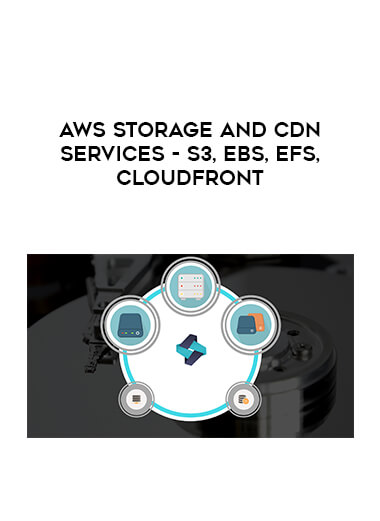



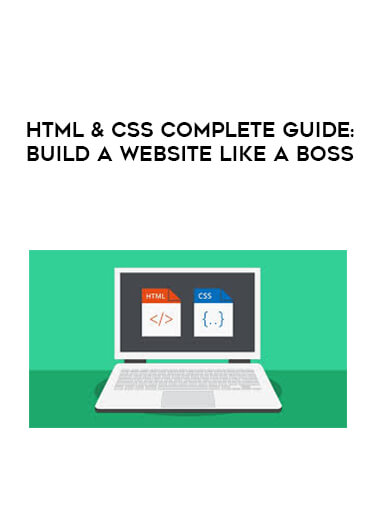


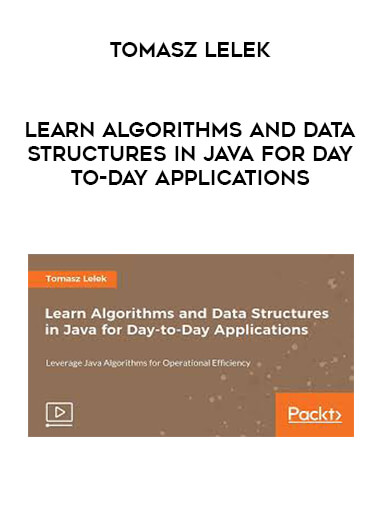
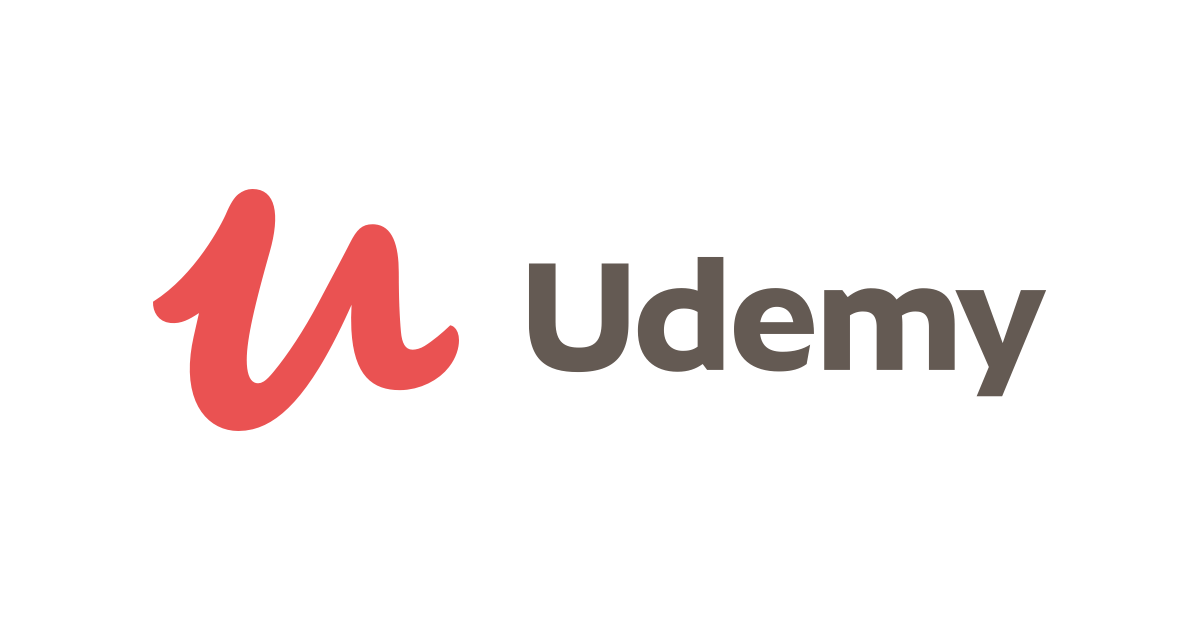









Reviews
There are no reviews yet.